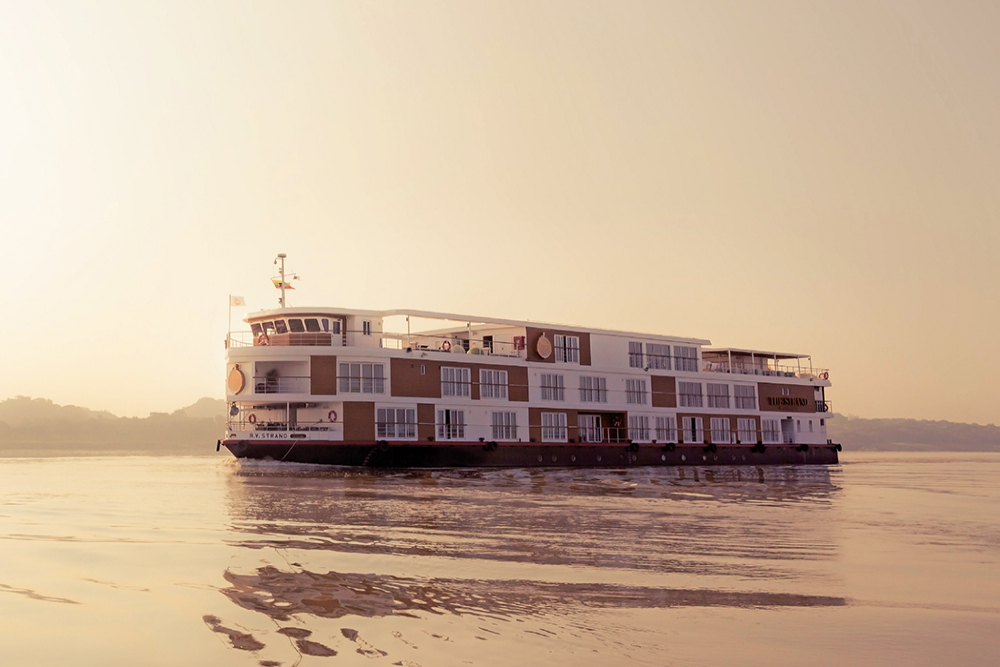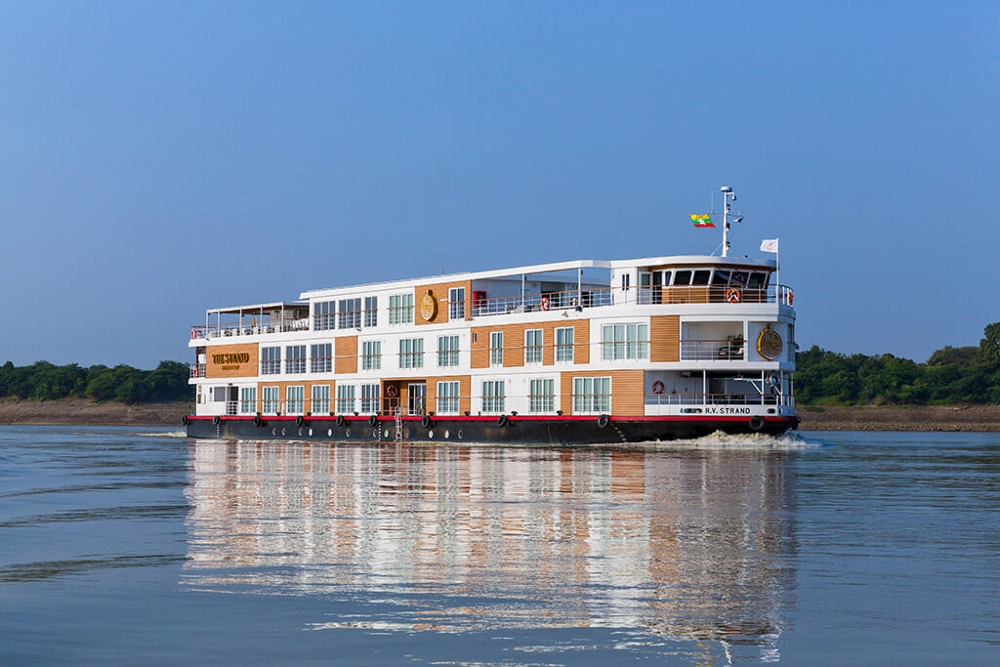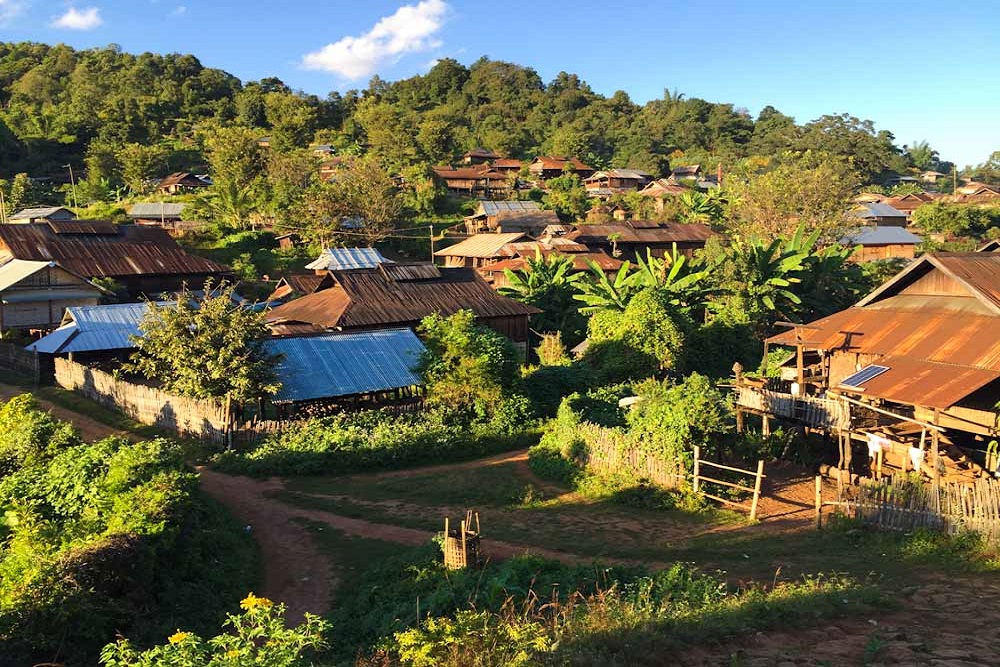Why Myanmar
It must be admitted, Myanmar hasn’t been getting the best press until recently. One of the major battle grounds of World War II, in the following decades wrecked by civil conflict and today still wracked by poverty and its attendant ills, the country’s troubles are widely reported and bear no repeating. Some would call it a tragic and puzzling land. Few would consider it the easiest option when planning an Asian holiday.
It doesn’t matter whether this is your first or 51st visit to Myanmar: you won’t fail to notice the energy, hope and possibilities for the future that hang in the air
And yet, it is not the easy options in life that produce the memorable outcomes, and the rewards of a visit to Myanmar will amply repay the visitor’s faith. There are places in Myanmar, like the great ruined cities of Bagan or Mrauk U, the glittering Shwedagon Pagoda in Yangon (Rangoon) and the golden rock at Kyaiktyo balanced on its cliff top, that retain an ability to astonish.
There, and elsewhere in Myanmar, the visitor from the 21st century comes face-to-face with something from the past that development has largely swept away in its neighbouring countries.
A hundred years ago, in a gentler age before the troubles of the 20th century had burst upon the land, Sir. J. G. Scott wrote of Myanmar that it is “a sort of recess, a blind alley, a back reach…. It lies in a bight of the Bay of Bengal, on its eastern shores. Three fifths of the frontier is formed by a series of mountain ranges, and the waves of a wide sea wash the remaining two fifths. It is away from the main water-ways of the world, and no great land route passes through it. The country was, therefore, much less frequently visited by the early voyagers than other parts of the East, notwithstanding the tales of its wondrous wealth in rubies and in gold.”
Fast-forward to today, and Myanmar remains a land in semi-isolation. South-East Asia’s largest country, the size of France and England combined, it is home to more than 130 different ethnic groups, all with their own dress and traditions, most with their own languages still in daily use, many with their own script.
Myanmar’s 1,500 miles of coastline remain pristine and pure. Its terrain still stretches from the snowcapped Himalayan peaks of the north to the coral-fringed islands of the Andaman Sea in the south. It is a landscape of beauty and contrast, studded with pagodas and palaces, lush and tranquil in its forested hills and fertile valleys, in its villages and its mountain lakes.
Myanmar is a kaleidoscope, a fascinating mix of ancient cultures, ethnic minorities, scenic diversities, magnificent beaches, Buddhist traditions, golden temples and pagodas. In the main cities, some of the inhabitants have gone from hovel to high-rise, school children have gone from slate board to software, and there have been attempts at building department stores. But step back one street and it is a charming time warp; step outside the cities and time stands still.
Many tourist destinations offer sea and sun, relaxation and adventure, pleasure and discovery – and Myanmar offers all of these. It offers too the chance for a visitor to take a moment to make a difference – in the life of a child, perhaps, or in a village community. The money that tourism brings to Myanmar feeds families, and puts children through school.
CHECK OUT OUR
BAGAN HOTELS
DON’T FORGET TO CHECK OUT
BAGAN DAY TOURS & EXPERIENCES
Destinations
Central Myanmar
Discover rich cultural treasures of ancient civilizations and kingdoms of the Ayeyarwaddy ( Irrawaddy ) river valley and Central Myanmar. Take a classic river journey along the mighty Irrawaddy river exploring hidden gems along the waterway and enjoying in world class services in various sized river boats.
Eastern Myanmar
Eastern Myanmar bordered by China, Thailand and Laos is home to the perhaps greatest concentration of ethnic minorities found anywhere in Southeast Asia. Shan state in the North Eastern Myanmar is particularly fascinating destination for ethnic encounters, hiking, biking and other adventures like elephant camps.
- Inle Lake
- Kalaw
- Kyaing Tong
- Loikaw
- Pindaya
- Taunggyi
Northern Myanmar
Last untouched jungles, alpine forests, snow capped Himalayan mountains, wild rivers, wildlife sanctuaries and sparsely populated wildernesses await adventurers in the Northern Myanmar. There is not a whole lot of development, roads or services available yet.
- Bhamo
- Hsipaw
- Kyaukme
- Lashio
- Mogok – Valley of Rubies
- Myitkyina
- Putao
Southern Myanmar
Explore Mon kingdoms, first European settlements and trading ports. Enjoy pristine 800 island Mergui (Myeik) Archipelago in Southern most Myanmar famed for its diving and clear waters and deserted islands with powdery white sand beaches.
- Bago
- Dawei
- Golden Rock ( Kyaikhtiyo )
- Hpa An
- Kawthaung (Victoria Point)
- Mawlamyine (Moulmein)
- Myeik
- Myeik – Mergui Archipelago
- Yangon
Western Myanmar
The coastal areas of Bay of Bengal have Myanmar’s premier beach destinations. Just south of Bangladesh is situated forgotten kingdom and trading port of Mrauk U. The mountain regions of the western Myanmar in Chin state and Rakhine state are home to Chin tribes who practice decorating their ladies faces
- Chin State: Mt Victoria & Nat Ma Taung National Park
- Mrauk U & Kingdoms of Arakan
- Naga Land
- Ngapali Beach
- Ngwe Saung Beach
- Pathein
- Sittwe
- Upper Chin State: Hakha, Falam, and Tedim
Itinerary Ideas
Myanmar / Essential Information
- Visas and border crossings
- Country facts and figures
- Language and culture
- Security
- Money
- Mobiles and the Internet
- Travel to and around Myanmar
- And more




